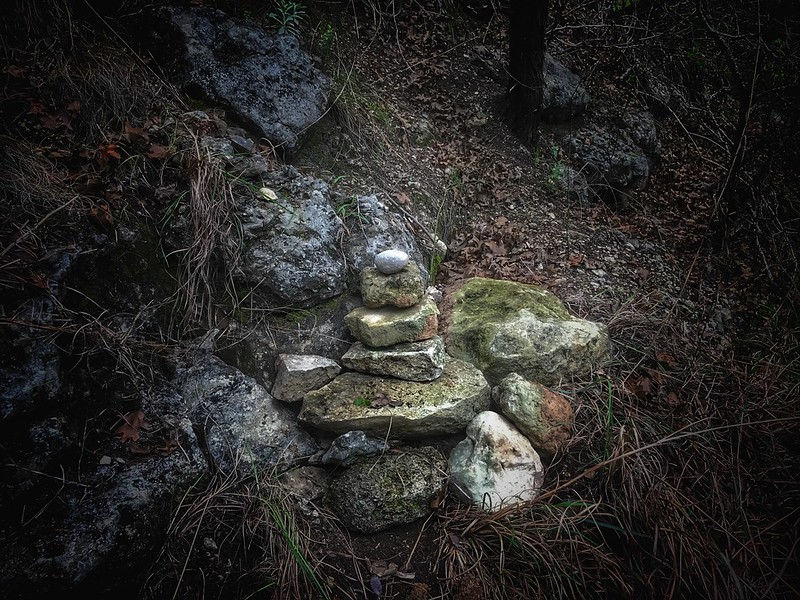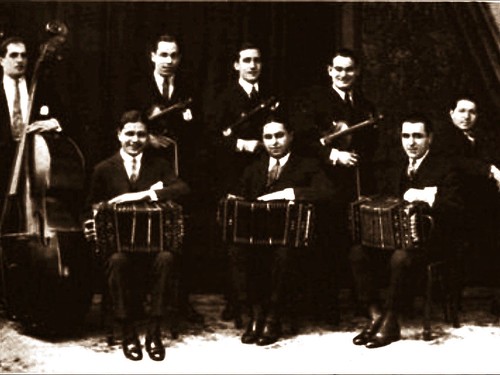Starbird is in the field of "crisis informatics," or how information flows after a disaster. She got into it to see how social media might be used for the public good, such as to aid emergency responders.
Instead she's gone down a dark rabbit hole, one that wends through the back warrens of the web and all the way up to the White House.
Starbird argues in a new paper, set to be presented at a computational social-science conference in May, that these "strange clusters" of wild conspiracy talk, when mapped, point to an emerging alternative media ecosystem on the web of surprising power and reach.
- Danny Westneat, Seattle Times, Mar 29, 2017
UW professor: The information war is real, and we're losing it
A University of Washington professor started studying social networks to help people respond to disasters. But she got dragged down a rabbit hole of twitter-boosted conspiracy theories, and ended up mapping our political moment.
It started with the Boston marathon bombing, four years ago. University of Washington professor Kate Starbird was sifting through thousands of tweets sent in the aftermath and noticed something strange.
Too strange for a university professor to take seriously.
"There was a significant volume of social-media traffic that blamed the Navy SEALs for the bombing," Starbird told me the other day in her office. "It was real tinfoil-hat stuff. So we ignored it."
Same thing after the mass shooting that killed nine at Umpqua Community College in Oregon: a burst of social-media activity calling the massacre a fake, a stage play by "crisis actors" for political purposes.
"After every mass shooting, dozens of them, there would be these strange clusters of activity," Starbird says. "It was so fringe we kind of laughed at it.
"That was a terrible mistake. We should have been studying it."
Starbird is in the field of "crisis informatics," or how information flows after a disaster. She got into it to see how social media might be used for the public good, such as to aid emergency responders.
Instead she's gone down a dark rabbit hole, one that wends through the back warrens of the web and all the way up to the White House.
Starbird argues in a new paper, set to be presented at a computational social-science conference in May, that these "strange clusters" of wild conspiracy talk, when mapped, point to an emerging alternative media ecosystem on the web of surprising power and reach.
It features sites such as Infowars.com, hosted by informal President Donald Trump adviser Alex Jones, which has pushed a range of conspiracies, including that the Sandy Hook school shooting was a staged fake.
There are dozens of other conspiracy-propagating websites such as beforeitsnews.com, nodisinfo.com and veteranstoday.com. Starbird cataloged 81 of them, linked through a huge community of interest connected by shared followers on Twitter, with many of the tweets replicated by automated bots.
Infowars.com alone is roughly equivalent in visitors and page views to the Chicago Tribune, according to Alexa.com, the web-traffic analysis firm.
"More people are dipping into this stuff than I ever imagined," Starbird says.
Starbird is in the UW's Department of Human Centered Design & Engineering — the study of the ways people and technology interact. Her team analyzed 58 million tweets sent after mass shootings during a 10-month period. They searched for terms such as "false flag" and "crisis actor," web slang meaning a shooting is not what the government or the traditional media is reporting it to be.
It happens after every mass shooting or attack. If you search for "false flag" and "Westminster," you'll find thousands of results theorizing that last week's attack outside British Parliament was staged (presumably to bring down Brexit, which makes no sense, but making sense is not a prerequisite).
Starbird's insight was to map the digital connections between all this buzzing on Twitter with a conglomeration of websites. Then she analyzed the content of each site to try to answer the question: Just what is this alternative media ecosystem saying?
It isn't a traditional left-right political axis, she found. There are right-wing sites like Danger & Play and left-wing sensationalizers such as The Free Thought Project. Some appear to be just trying to make money, while others are aggressively pushing political agendas.
The true common denominator, she found, is anti-globalism — deep suspicion of free trade, multinational business and global institutions.
"To be antiglobalist often included being anti-mainstream media, anti-immigration, anti-science, anti-U.S. government, and anti-European Union," Starbird says.
So it was like the mind of Stephen Bannon, chief adviser to Trump, spilled across the back channels of the web.
Much of it was strangely pro-Russian, too — perhaps due to Russian twitter bots that bombarded social channels during the presidential campaign (a phenomenon that's now part of the FBI investigation into the election, McClatchy reported last week).
The mainstream press periodically waded into this swamp, but it only backfired. Its occasional fact checks got circulated as further evidence: If the media is trying to debunk it, then the conspiracy must be true.
Starbird is publishing her paper as a sort of warning. The information networks we've built are almost perfectly designed to exploit psychological vulnerabilities to rumor.
"Your brain tells you 'Hey, I got this from three different sources,' " she says. "But you don't realize it all traces back to the same place, and might have even reached you via bots posing as real people. If we think of this as a virus, I wouldn't know how to vaccinate for it."
Starbird says she's concluded, provocatively, that we may be headed toward "the menace of unreality — which is that nobody believes anything anymore." Alex Jones, she says, is "a kind of prophet. There really is an information war for your mind. And we're losing it."
I sat dumbfounded for a time as she spooled through tweets in her database: an archive of endless, baseless speculation that nevertheless is evidence of a political revolution. It should be unnecessary to say, but real humans died in these shootings. How disgustingly cruel it is to the survivors to have the stories of those deaths altered and twisted for commercial or ideological ends.
Starbird sighed. "I used to be a techno-utopian. Now I can't believe that I'm sitting here talking to you about all this."
Sent from my iPad



